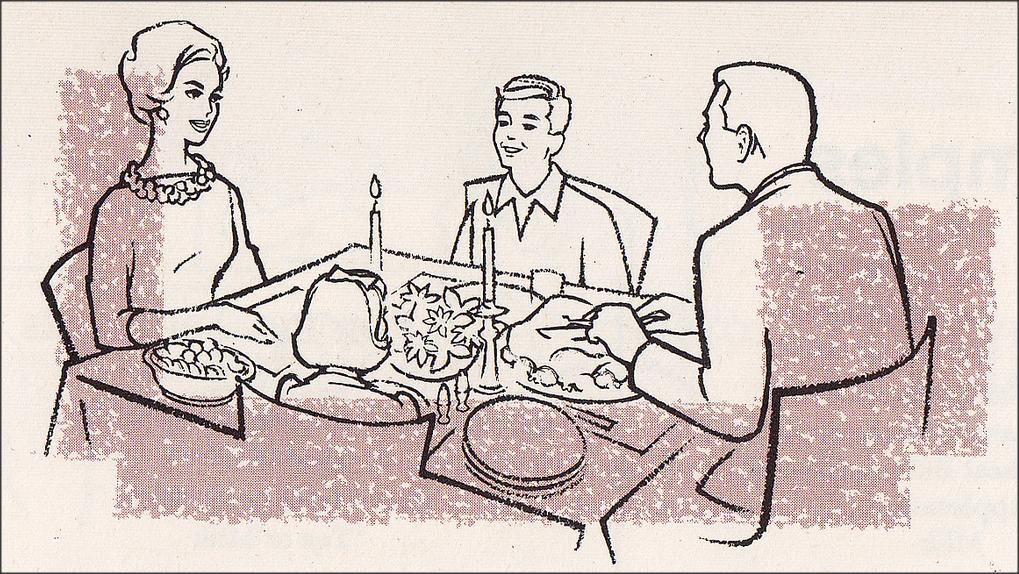It's probably to do with animation processes. There may have been another reason but I think this was probably why...
In the 1960s the way that inking (outlines) was done in animation changed. Originally it was hand drawn onto the individual cels which took a long time to do. Imagine drawing 350,000 drawings for a single film and then tracing over them all again onto plastic sheets (Snow White).
In 1960, xerography (basically photocopying the paper drawings onto the plastic animation sheets) replaced hand inking. If you've ever used an old photocopier you will know how rough a copied page can look like. Basically, all of the sketchy looking Disney films look sketchy because they were not hand painted and used xerography. In some of these films, like Aristocats, you can even see some of the construction lines.
In 1985, Disney started using a mix of xerography and Animation Photo Transfer process in The Black cauldron. You will notice that the lines start to clean up a bit.
Finally, after The Little Mermaid, Disney switched completely to 100% digital coloring. Goodbye sketchy lines forever!



